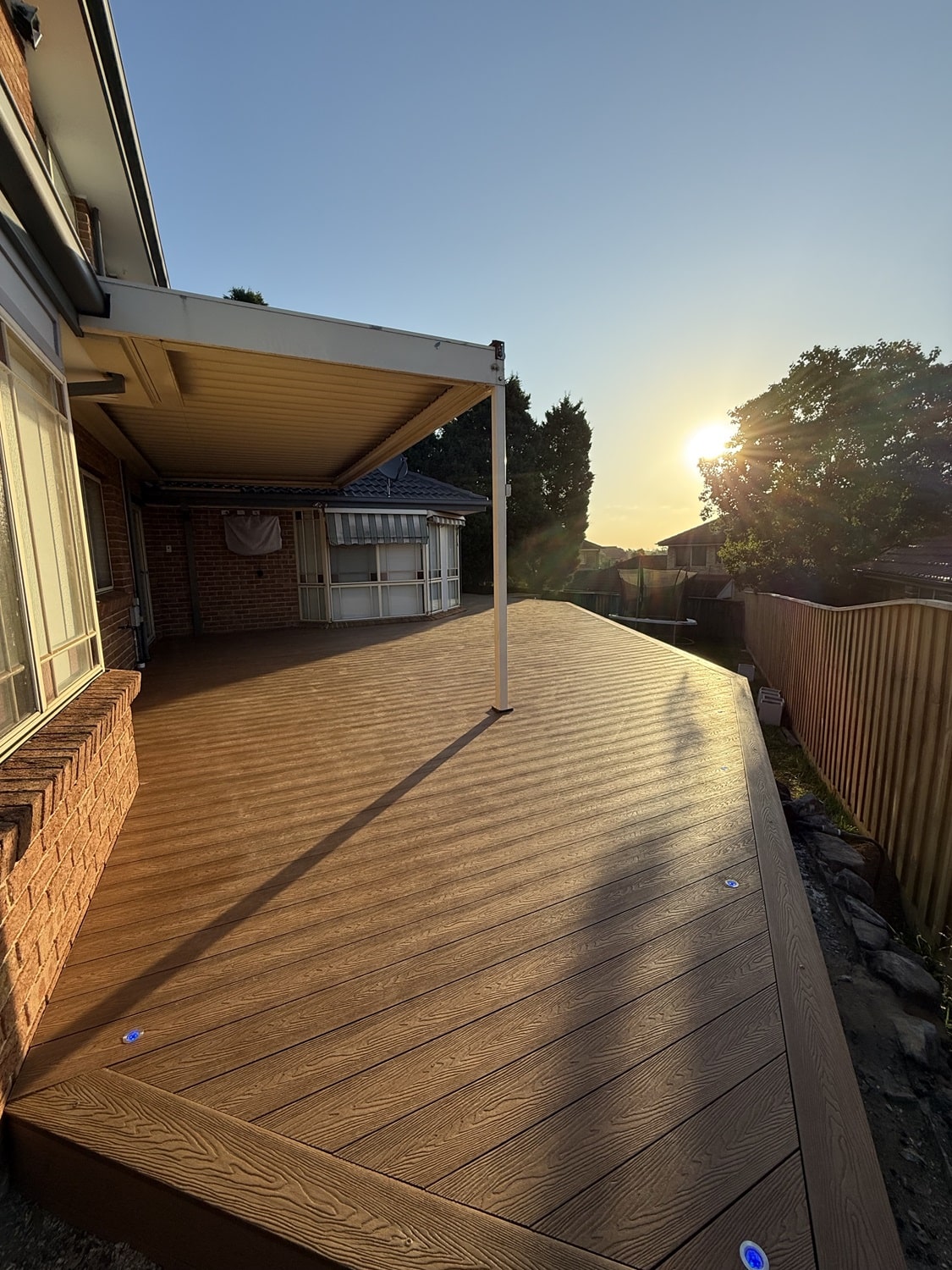Adding a timber deck to your backyard can make a huge difference. It provides a great place to relax and enjoy the outdoors. You can have family barbecues, entertain guests, or just sit quietly with a book. But how do you choose the best timber for your decking?
There are many factors to consider when choosing timber decking. You need to think about the climate where you live and how you plan to use the deck. Different types of timber have different levels of durability and require different levels of maintenance. You also need to think about the environment and choose timber that is sustainable.
Picking the right timber for your deck is essential. The right choice can ensure your deck lasts for many years and remains a beautiful part of your backyard. So, we’ll explore different types of timber, key considerations, installation tips, and maintenance advice to help you make the best choice for your backyard.
Understanding the Types of Timber for Decking
There are several types of timber available for decking, each with its own benefits. Merbau, Jarrah, and Spotted Gum are popular choices in Australia. Merbau is a strong and durable hardwood from Southeast Asia. It’s popular because it resists termites and weather damage well. The reddish-brown colour adds warmth to any outdoor space.
Jarrah is another great option. It’s an Australian hardwood known for its rich, dark red hues. Jarrah is very durable and can withstand harsh weather. It’s also resistant to pests, but it’s costlier than other options.
Spotted Gum, another native Australian hardwood, is loved for its beautiful grain patterns. It comes in a variety of shades, from light browns to darker reds. Spotted Gum is known for its strength and durability, making it a premium choice for those who can afford it.
When comparing these timbers, it’s important to look at durability, appeal, and cost. Merbau is affordable and tough, making it ideal for budget-conscious families. Jarrah offers a unique look and high durability but at a higher price point.
Spotted Gum is the middle ground, providing strong durability with unique aesthetics that are suitable for those willing to invest a bit more.
Key Factors to Consider When Choosing Timber Decking
Choosing the right timber involves considering several factors. Think about the climate where you live. Different types of timber react differently to weather. Merbau and Jarrah, for instance, work well in both wet and dry climates. If you live in an area with heavy rainfall, also ensure the timber is resistant to water damage.
Usage is another critical factor. If you plan to use the deck often, choose timber like Spotted Gum, which is more durable and can handle high foot traffic. On the other hand, if you’re planning a decorative deck with less usage, timber like Jarrah might be more suited for its beauty and durability.
Maintenance is a significant consideration, too. Some timbers require more upkeep than others. Merbau, while strong, needs regular oiling to maintain its appearance. Jarrah requires less frequent maintenance but higher initial costs.
Sustainability is increasingly important. Choose timber that’s sourced from sustainable forests to protect the environment. Many suppliers provide certification to show that their wood comes from eco-friendly sources. This helps you make an informed, ethical choice while building your deck.
Finally, consider the environmental impact. Some woods have a smaller carbon footprint than others, helping to reduce your overall environmental impact.
Installation Tips: Ensuring Longevity and Safety
Installing timber decking correctly is crucial for its longevity and safety, Starting with proper site preparation. Clear the area of any debris and ensure the ground is level. A solid foundation is essential to prevent the deck from shifting over time.
Next, securely attach the timber to the frame. Use stainless steel screws or nails to avoid rusting, which can weaken the structure. Make sure the timber is evenly spaced to allow for expansion and contraction due to weather changes. Proper spacing also facilitates water drainage, reducing the risk of wood rot.
Handling tools safely is important too. Always wear protective gear like gloves and safety goggles. Double-check your measurements before cutting to avoid mistakes. Following these steps will help ensure your deck is sturdy and long-lasting.
Maintenance and Care for Your Timber Deck
Keeping your timber deck in good condition involves regular maintenance. Start with routine cleaning. Remove leaves and debris to prevent mould and mildew. A simple sweep with a broom can do wonders. For a deeper clean, use a mild detergent and a soft brush. Avoid harsh chemicals as they can damage the wood.
Inspect your deck regularly for signs of wear and tear. Look for splintered areas or nails that have come loose. Sand down any rough spots and replace broken nails or screws. Applying a coat of sealant every year can protect the wood from moisture and UV rays.
Common problems like warping, splintering, and discolouration can be managed effectively. Warping often occurs due to moisture, so ensure proper drainage. For splintering, a light sanding followed by sealing should help. Discolouration can be treated with a wood cleaner designed for your specific type of timber.
The Best Timber Decking for Your Backyard
Choosing the best timber decking for your backyard involves understanding the different types of wood, considering key factors like climate and usage, and following proper installation and maintenance steps. A well-chosen and well-maintained deck can enhance your outdoor space for years to come.
At Rifcon Building & Carpentry, we’re committed to helping you create the backyard of your dreams. Whether you’re looking for advice or professional installation, we provide exceptional building and carpentry services tailored to your needs. Ready to get started? Contact Rifcon Building & Carpentry today and take the first step toward your perfect timber deck!


